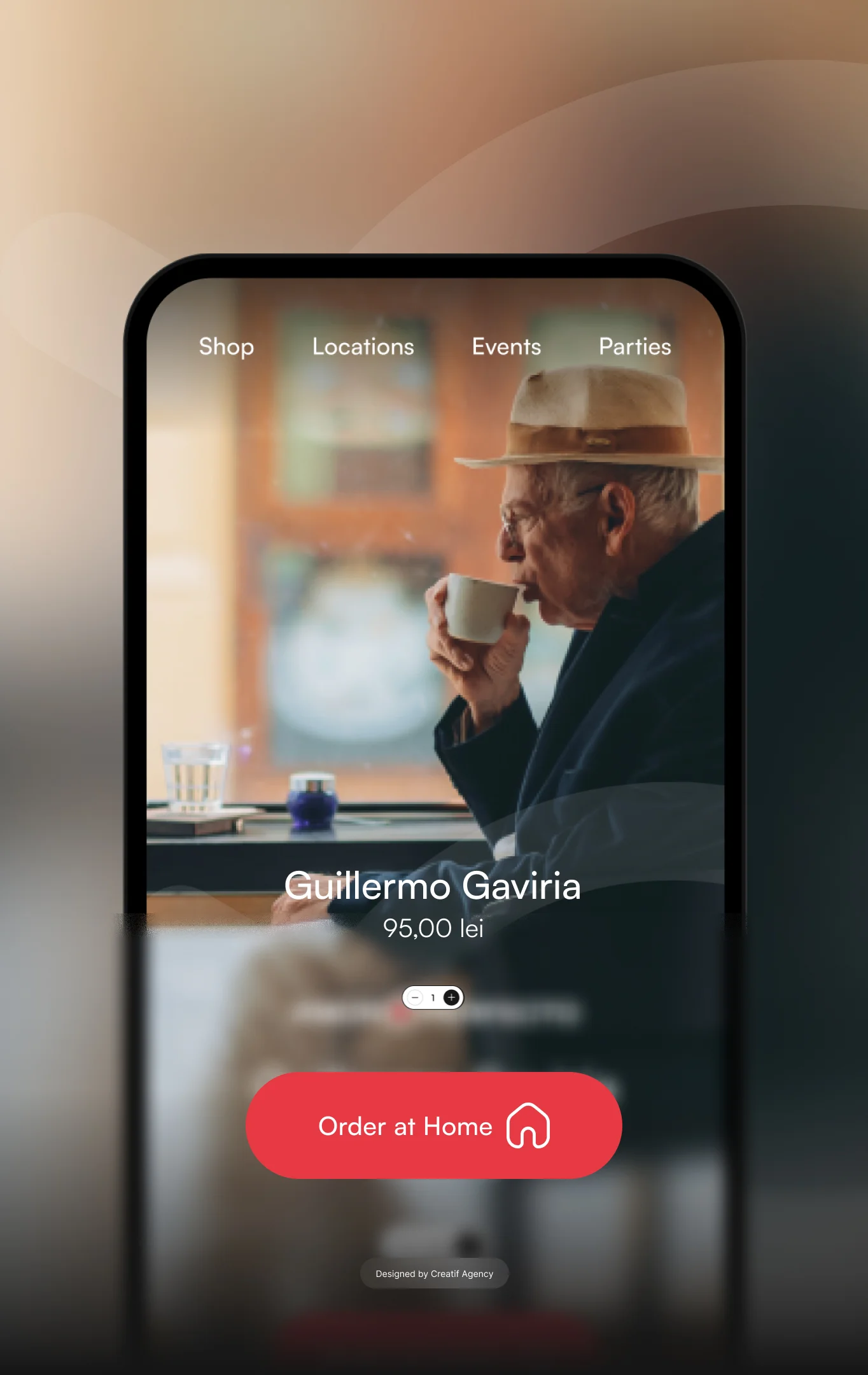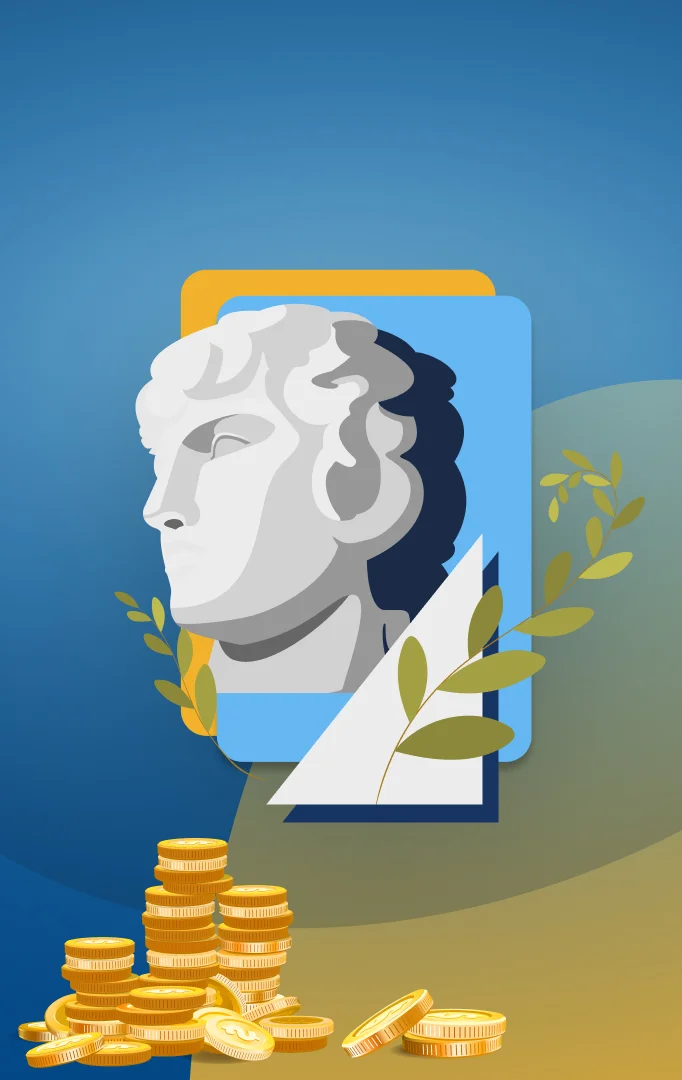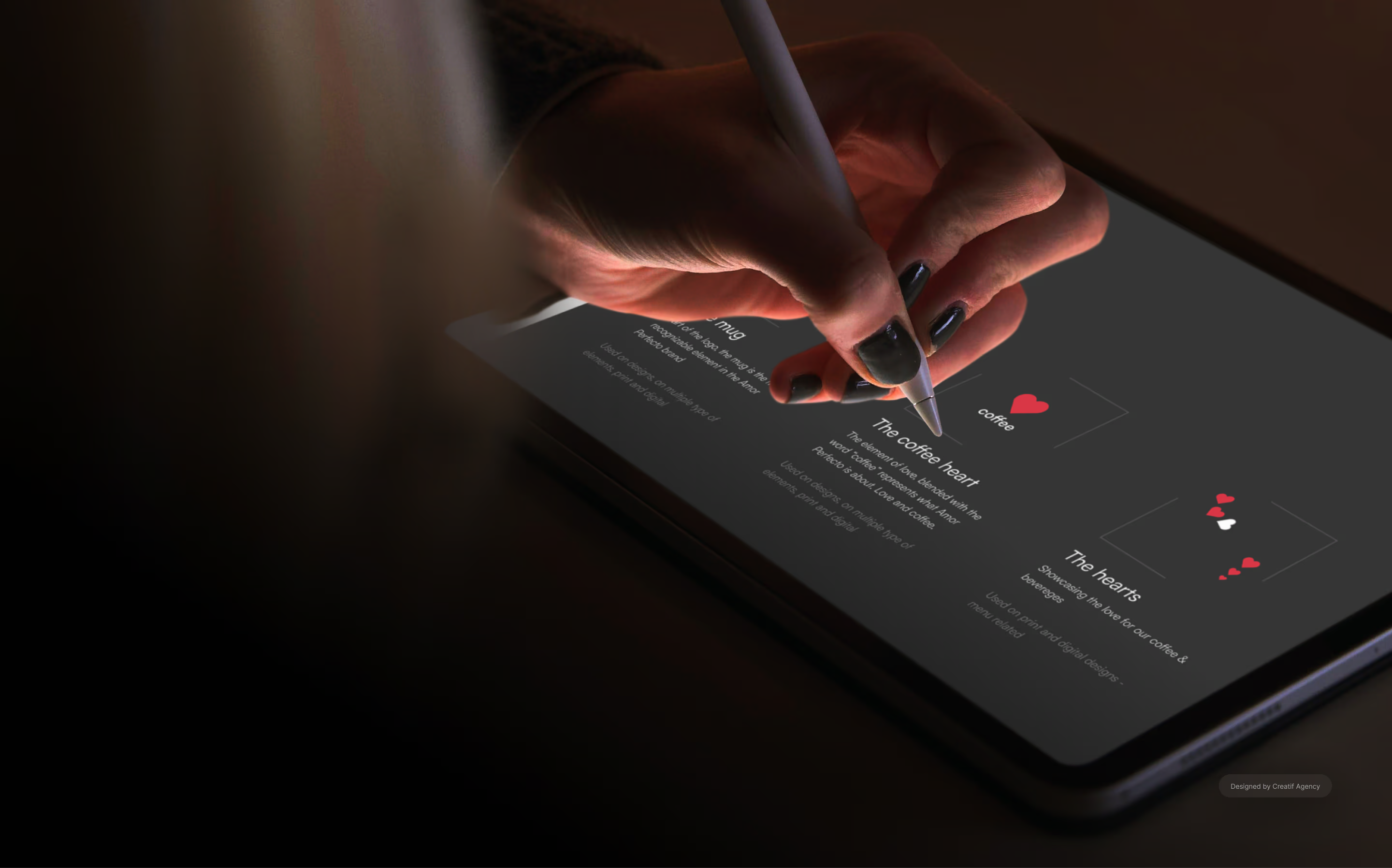Luxury Branding Design: Creating a High-End Brand Identity

Establishing a luxury brand identity is crucial for businesses aiming to differentiate themselves and attract high-end clientele. A well-crafted luxury brand identity not only reflects exclusivity and quality but also resonates deeply with the target audience. This article will explore the essential elements of luxury brand identity design and provide insights into how to create a compelling high-end brand that stands out.
1. Understanding Luxury Brand Identity
At the core of every successful luxury brand is a clear understanding of what luxury means. Luxury brand identity encompasses more than just high-quality products; it includes the entire experience surrounding the brand. This involves creating a luxury brand image that conveys sophistication, exclusivity, and timelessness.
Luxury branding is about making consumers feel special and valued, which is achieved through meticulous attention to detail in every aspect of the brand—from the products to customer service.
Key Elements of Luxury Brand Identity:
- Exclusivity: Limited availability creates desire and perceived value.
- Quality: High standards in materials and craftsmanship reinforce the luxury image.
- Storytelling: A compelling narrative around the brand fosters emotional connections.
2. Crafting a Luxury Brand Aesthetic
The visual identity of a luxury brand is paramount. A carefully curated luxury brand aesthetic includes logo design, color schemes, typography, and packaging. Each element should reflect the brand’s values and target audience while maintaining consistency across all platforms.
- Color Palette: Rich, muted tones often evoke feelings of sophistication, while bold colors can signify confidence and innovation.
- Typography: Elegant and legible fonts contribute to a high-end look, reinforcing the brand’s personality.
- Imagery: High-quality visuals and lifestyle photography help showcase the luxury experience.
Example: Dior Brand Identity
Dior has perfected the art of luxury branding with its iconic logo, classic color palette, and high-quality visuals that communicate elegance and refinement. The Dior brand identity is a benchmark for luxury brands worldwide.
3. Developing Luxury Brand Guidelines
Creating a comprehensive luxury brand guide is essential for maintaining consistency across all brand touchpoints. This guide should include details on logo usage, typography, color schemes, and tone of voice. Clear luxury brand guidelines ensure that everyone involved in the brand’s marketing and design understands how to represent the brand accurately.
- Logo Usage: Specify how the logo should be displayed, including spacing and placement.
- Color Specifications: Define exact color codes to ensure consistency across digital and print materials.
- Tone of Voice: Establish a communication style that reflects luxury, whether it be formal, friendly, or authoritative.
4. Creating a Luxury Brand Experience
A luxury brand extends beyond its visual identity; it encompasses the entire customer experience. This involves exceptional customer service, personalized experiences, and unique packaging that enhances the unboxing experience.
- Personalization: Offering tailored products or services based on customer preferences creates a deeper connection and sense of exclusivity.
- Packaging Design: Luxurious packaging elevates the perception of the brand and makes a lasting impression.
Luxury Bag Brand Guide
High-end brands such as Louis Vuitton and Chanel excel in creating luxury packaging that reflects their brand identity. Their bags come in beautiful boxes, complete with elegant ribbons and tissue paper, ensuring that every customer interaction is memorable.
5. How to Come Up with a Luxury Brand Name
Choosing the right name is a critical step in establishing a luxury brand identity. A luxury brand name should evoke feelings of exclusivity, sophistication, and prestige. Here are a few tips to guide you:
- Simplicity is Key: Opt for a name that is easy to pronounce and remember.
- Meaningful Connections: Consider names that convey a sense of heritage or craftsmanship.
- Cultural Considerations: Ensure the name resonates positively across different cultures if targeting a global market.
6. Defining Your Luxury Brand Meaning
The luxury brand meaning extends beyond products and services; it includes the values and lifestyle associated with the brand. Defining your brand’s purpose and the emotions you wish to evoke in your audience is vital.
- Brand Values: Articulate what your brand stands for—sustainability, craftsmanship, innovation, etc.
- Emotional Connection: Create marketing campaigns that resonate with the aspirations and desires of your target audience.
7. Luxury Corporate Design
In addition to product branding, luxury brands often focus on luxury corporate design that reflects their high-end status. This includes everything from business cards and stationery to the design of physical stores and online platforms.
A cohesive corporate identity reinforces brand recognition and communicates professionalism.
Conclusion: Elevating Your Brand Identity
Creating a high-end luxury brand identity is a multifaceted process that requires a deep understanding of your target audience, exceptional design, and a commitment to quality. By following the principles outlined in this article—crafting a compelling aesthetic, developing robust brand guidelines, and providing an unparalleled customer experience—you can elevate your brand to stand apart in the luxury market.
Embrace these strategies to not only define your luxury brand identity but to ensure it resonates with the aspirations of your clientele, paving the way for long-term success.

 Flavius Trica
Flavius Trica









